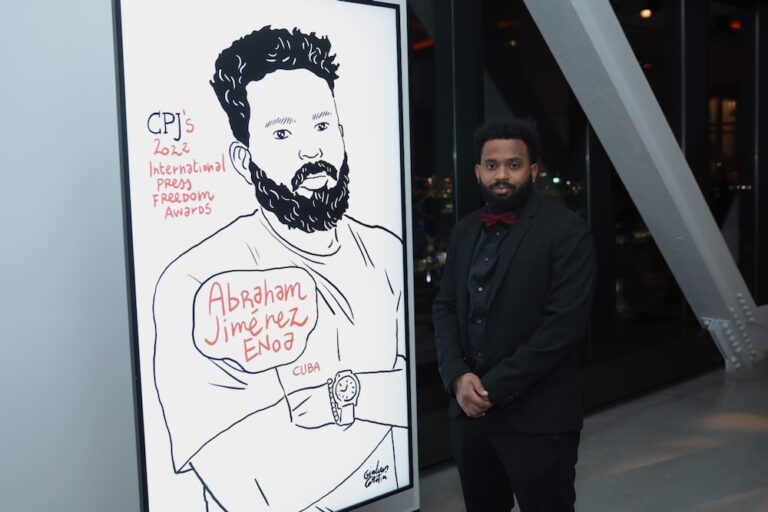The massacre of Philippine journalists and Iran's crackdown on free expression are among the developments examined in the new edition of "Attacks on the Press".
(CPJ/IFEX) – New York, February 16, 2010 – An unprecedented massacre of Philippine journalists, a spike in violence in Somalia, and Iran’s massive crackdown on free expression – these are among the major developments examined by the Committee to Protect Journalists in the new edition of Attacks on the Press.
“Iran’s Revolutionary Guards have essentially criminalized journalism in their post-election crackdown,” writes Fareed Zakaria, author and editor of Newsweek International, in the preface to this year’s edition. “Other authoritarian governments are watching, and no doubt learning from Tehran’s effort to muzzle the press.”
Attacks on the Press identifies emerging threats worldwide, but it also highlights courageous reporting and advances for freedom of expression. In Cuba, for example, a vibrant blogging culture has emerged despite repressive laws. In Russia, CPJ advocacy has prompted authorities to reopen investigations into unsolved journalist murders.
Here are other highlights from Attacks on the Press in 2009:
• In Latin America, government espionage has targeted journalists and chilled press freedom across the region.
• Media in Afghanistan and Pakistan face enormous challenges in covering a multifaceted conflict straddling a volatile border.
• The murder of a reporter in Chechnya leaves a void in human rights coverage and demands international attention.
• In African hot spots such as Somalia, high numbers of journalists are being forced into exile. Front-line news coverage is suffering.
• Fueled by the Internet, human rights coverage is growing throughout the Middle East. Now governments are pushing back.
In his introduction, CPJ Executive Director Joel Simon writes that freelance and online journalists are more vulnerable than ever. “While the rights of each journalist are protected by international law, few now have large media organizations that can stand behind them,” he writes. “Instead, their safety and security depends on the ability of press freedom organizations to generate public attention and mobilize action.”
Reported and written by the staff of the Committee to Protect Journalists, Attacks on the Press provides factual and unbiased analyses of media conditions in more than 100 countries. Highlighting the global reach of CPJ’s work, Attacks on the Press is being released at events in Tokyo, Cairo, Bogotá, Brussels, Nairobi, and New York.


